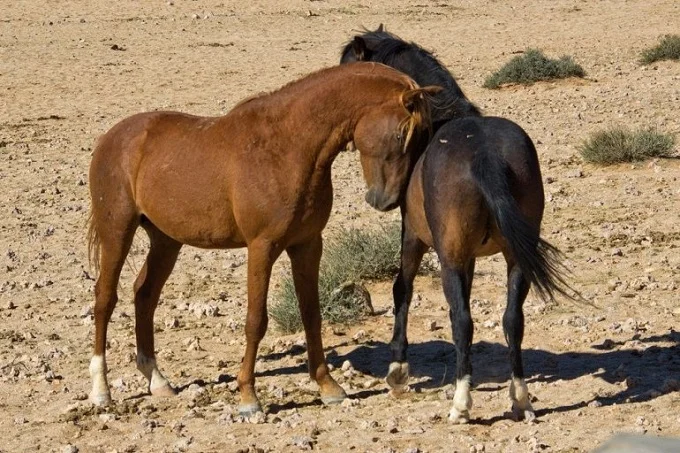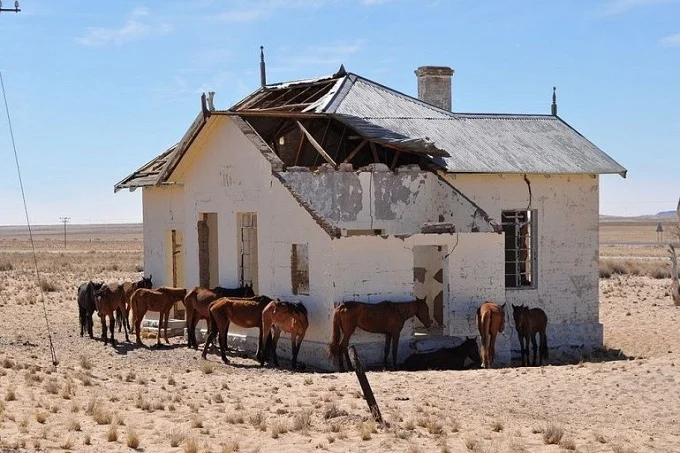Wild horses of the Namib desert

On the eastern fringe of the Namib Desert, the extremely desolate Garub Plains are no utopia. The area is devoid of vegetation, and the temperature is arid and scorching. Despite this, horses have managed to adapt to the severe surroundings and have made the desert their home through decades of life in such a tough environment.
The Namib Desert’s hundred wild horses are one of the world’s most isolated horse populations, as well as Africa’s sole wild herd. Many ideas have been proposed as to how the horses came to be in such an unusual location.

The most plausible idea is that they are descended from German cavalry and horseback riders who served during the conquest of Southwest Africa. Some of these horses fled during World War I, were released into the desert, or were abandoned after the military departed Namib in 1915.
In the Garub Plains, the horses eventually gathered around a well from which water was taken for a local train station. Around the well, a little pond developed, where Namib horses resided. Horses also managed to survive the 1908 discovery of diamond mines near Colmanscope. German colonial-style dwellings immediately flooded the area, forming Spergebit, a 350-square-kilometer enclosed territory that encompasses Garub.
Spergebit was only accessible to a select few individuals; this regulation kept hunters out of the region, enabling the horses to thrive without human meddling.
Namib horses evolved into a separate breed with drought and heat resilience during the following hundred years as a result of natural selection. Even in 40-degree summer temperatures, the Namib Desert horse can endure 30 hours without drinking. These horses can withstand up to 72 hours without water in the winter.

The mining firm replaced steam engines with diesel locomotives in 1977, and water pumping ceased, resulting in the deaths of numerous horses due to thirst. The mining business was then petitioned by a station employee to supply water for the horses.
Several water tanks were erected, as well as a trough for the horses. The borehole in Garub is now maintained primarily for the horses’ sake.




